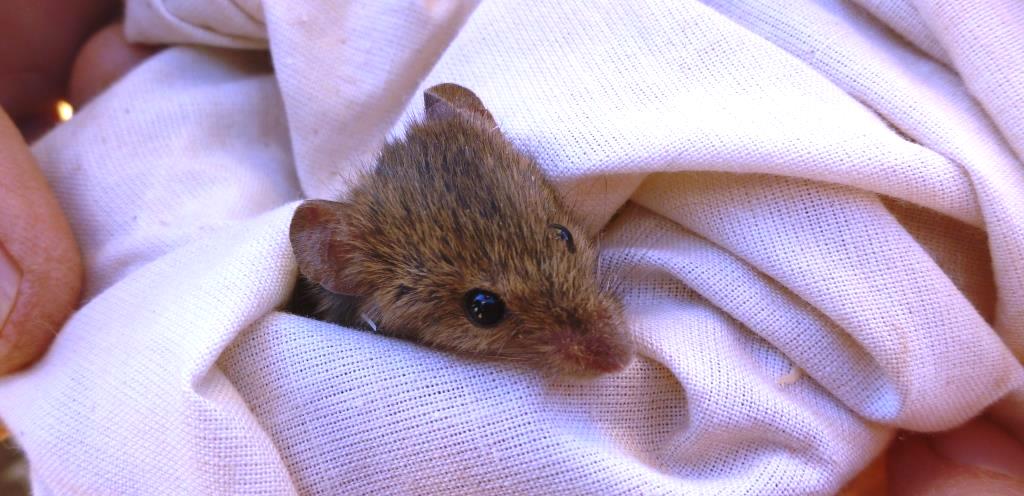Biodiversity Surveys

Land for Wildlife has conducted biodiversity surveys on member properties since 2007. They are an important tool in determining the success of land management activities carried out and to create a better understanding of species population dynamics in areas of mixed land use.
The Land for Wildlife program encourages the involvement of property owners and other volunteers during the surveys. This teaches a valuable set of skills to the participants as well as enhancing knowledge of flora, fauna and their interactions within an ecosystem. Through participation, property owners can learn the skills necessary to monitor plant and animal communities, creating the ability of land owners to assess population dynamics of species into the future.
The information gathered from the surveys adds to the knowledge of species distributions in areas that may otherwise pose access issues to do with land tenure and ownership.
Biodiversity on Member Properties
Traditionally, the biodiversity surveys are conducted on Land for Wildlife properties only and involve trapping for a range of wildlife, including reptiles, frogs, mammals and invertebrates, as well as conducting visual transect surveys for birds. You can view the Land for Wildlife Biodiversity Survey reports for 2008, 2009 and 2010.
Bird Bath Biodiversity
In 2017, as part of National Bird Week, Land for Wildlife took the aim of conducting a biodiversity survey targeted only at birds that visit the water baths provided on both rural and urban blocks so that Garden for Wildlife members would have an opportunity to take part in the process. Check out the report that details the findings of the Bird Bath Biodiversity Survey 2017.
You can also view the videos from a selection of the bird baths on the Land for Wildlife YouTube channel or click the play button on the playlist below:
Engagement Biodiversity Surveys
As well as conducting biodiversity surveys on Land for Wildlife member properties, we also conduct surveys as part of engagement activities with groups such as the Tjuwanpa Women Rangers, Green Army, Centralian Senior College and the Batchelor Institute. These surveys are a great way to get the wider community involved in understanding the importance of wildlife habitat and the impact of feral/weed species on local biodiversity.

A trapping session camera surveillance shows a feral cat and some crows being inquisitive about a cat trap – check it out!
Check out the Dingo caught on camera during a feral cat trapping exercise:
More On Biodiversity Monitoring
Want to know more? You can also read about a Pilot Study conducted by Heidi Groffen (a previous Land for Wildlife coordinator) aimed at enhancing Land for Wildlife member knowledge in property self-assessment methods.
If you want to know about the fauna likely to be found within a 25 km radius of Alice Springs (including birds, mammals, frogs and reptiles) you can download the Fauna List compiled by Land for Wildlife central Australia. Want to attract more wildlife to your property? We have some hints and tips to help you along in our Attract Wildlife to your Garden fact sheet.
If you are a Land for Wildlife or Garden for Wildlife member and you want to take part in the next biodiversity survey, get in touch with us! Head to the Contact page to find out how.

